Archives
- 2025-12
- 2025-11
- 2025-10
- 2023-07
- 2023-06
- 2023-05
- 2023-04
- 2023-03
- 2023-02
- 2023-01
- 2022-12
- 2022-11
- 2022-10
- 2022-09
- 2022-08
- 2022-07
- 2022-06
- 2022-05
- 2022-04
- 2022-03
- 2022-02
- 2022-01
- 2021-12
- 2021-11
- 2021-10
- 2021-09
- 2021-08
- 2021-07
- 2021-06
- 2021-05
- 2021-04
- 2021-03
- 2021-02
- 2021-01
- 2020-12
- 2020-11
- 2020-10
- 2020-09
- 2020-08
- 2020-07
- 2020-06
- 2020-05
- 2020-04
- 2020-03
- 2020-02
- 2020-01
- 2019-12
- 2019-11
- 2019-10
- 2019-09
- 2019-08
- 2019-07
- 2019-06
- 2019-05
- 2019-04
- 2018-07
-
br Introduction Mammalian proteases comprise both the peptid
2019-09-02
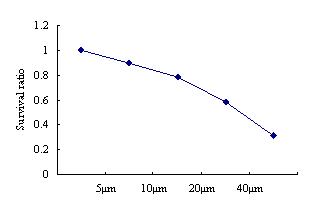
Introduction Mammalian proteases comprise both the peptidases or exopeptidases, which act at the N- or C-terminal positions of polypeptides, and proteinases or endopeptidases, which are capable of cleaving peptide bonds in the central regions of polypeptides. The endopeptidases are classified in
-
br Materials and methods br Results and discussion
2019-09-02
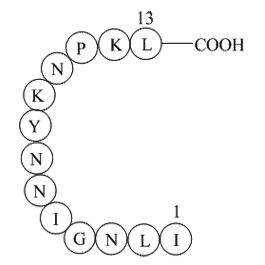
Materials and methods Results and discussion Conclusions Codon-optimized MGSK-Lys-C was expressed at a high level in an optimized expression system as inclusion bodies. The Lys-C activity reached its maximum with about 9340 nkat/Lculture under standard (chemical) refolding conditions. The r
-
Idelalisib ELUXA HM EMSI is an ongoing pivotal Phase II glob
2019-09-02
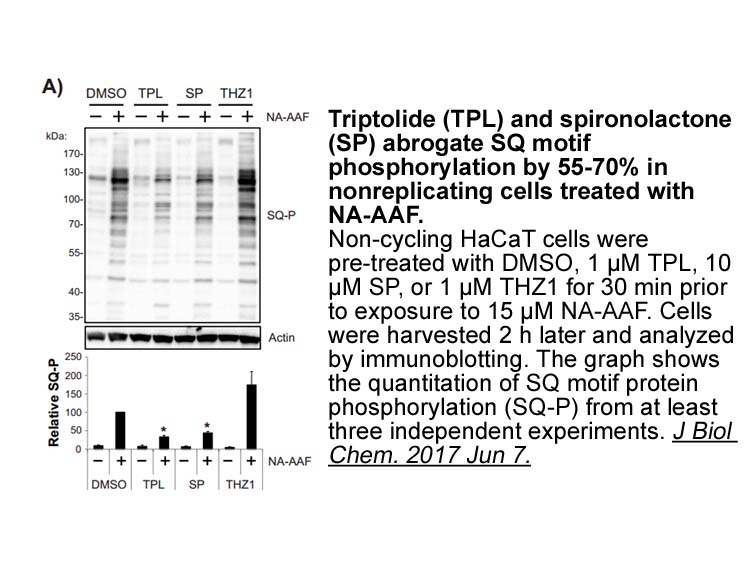
ELUXA 1 (HM-EMSI-202) is an ongoing pivotal Phase II global clinical trial, designed to further investigate the efficacy and safety of Olmutinib in patients T790M-positive NSCLC with acquired resistance after first-line EGFR TKIs. Primary endpoint is ORR according to RECIST 1.1, while secondary endp
-
These reactions are used to
2019-09-02
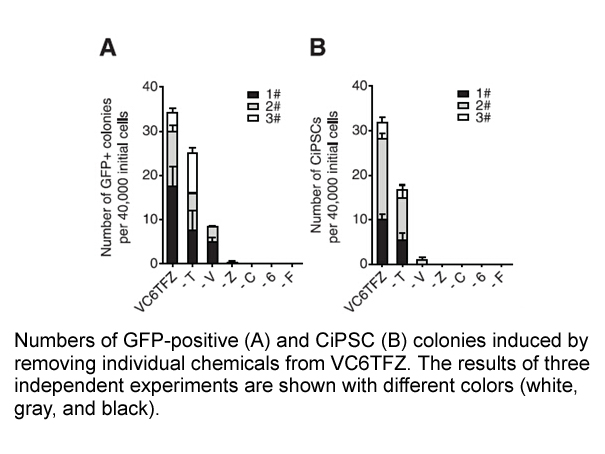
These reactions are used to account for variations in protein solubility or vesicle recovery. For example, with DGKθ we have found it necessary to maintain the purified enzyme in a solution of 0.01% DDM (DGK-D dilution buffer) in the control reaction to prevent enzyme loss due to aggregation or adhe
-
glucose transporter The second DDR binding partner
2019-09-02
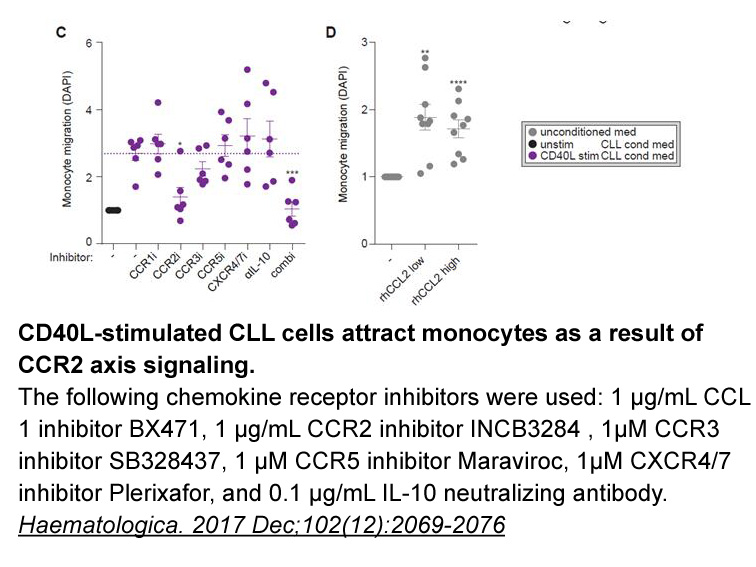
The second DDR1-binding partner identified here, Shp-2, which was not found in the two-hybrid screen but using a bioinformatics approach, is also a mediator of cell migration. Since Shp-2 has two SH2 domains, as well as phosphotyrosine phosphatase enzymatic activity and two C-terminal tyrosines targ
-
br Conclusions This study showed that
2019-09-02
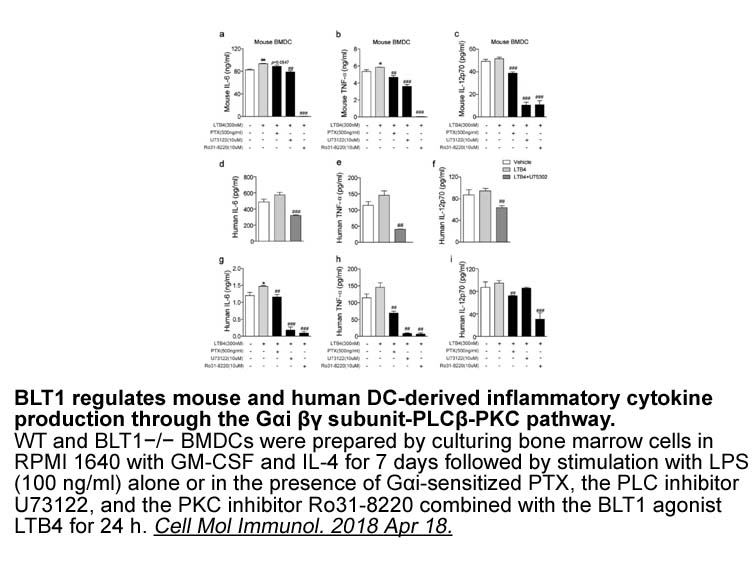
Conclusions This study showed that in EOC cells, tyrosine kinase receptor DDR1 was expressed mainly in EOC mlkl with an Epithelial phenotype. The repressed expression of DDR1 in EOC cells with Mesenchymal phenotype could be due to the higher CpG methylation levels observed at the promoter of thi
-
CPH models reported usually as lists of risk
2019-09-02
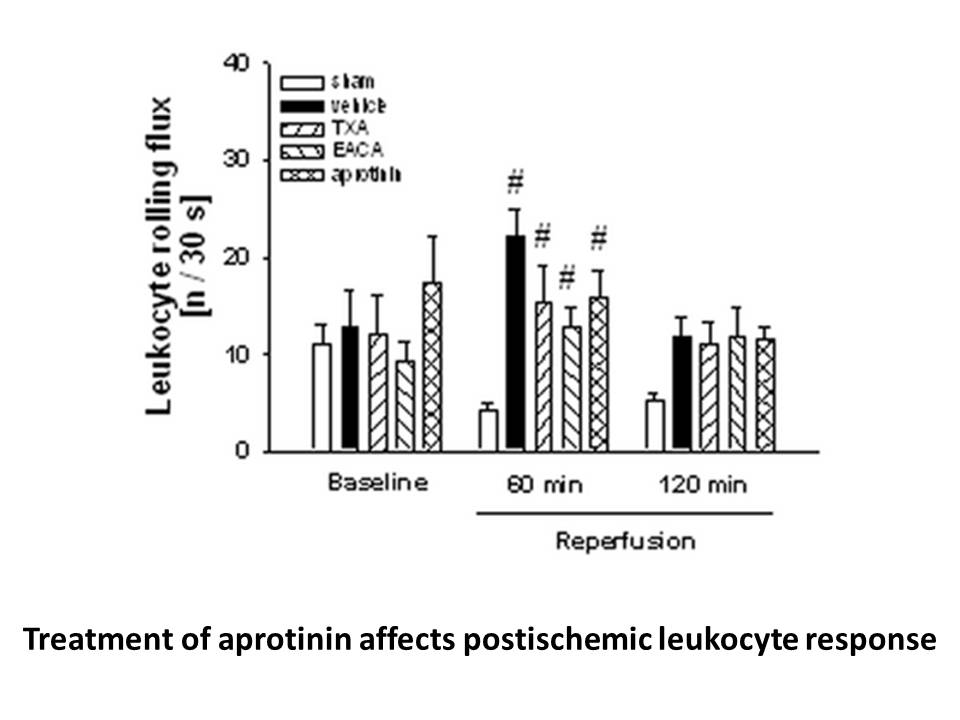
CPH models, reported usually as lists of risk factors along with their parameters, are prevalent in medical literature. One such model is the CPH model created for the purpose of predicting the probability of one year survival of patients suffering from Pulmonary Arterial Hypertension [5]. The model
-
Molidustat kinase Our study has several limitations As this
2019-09-02
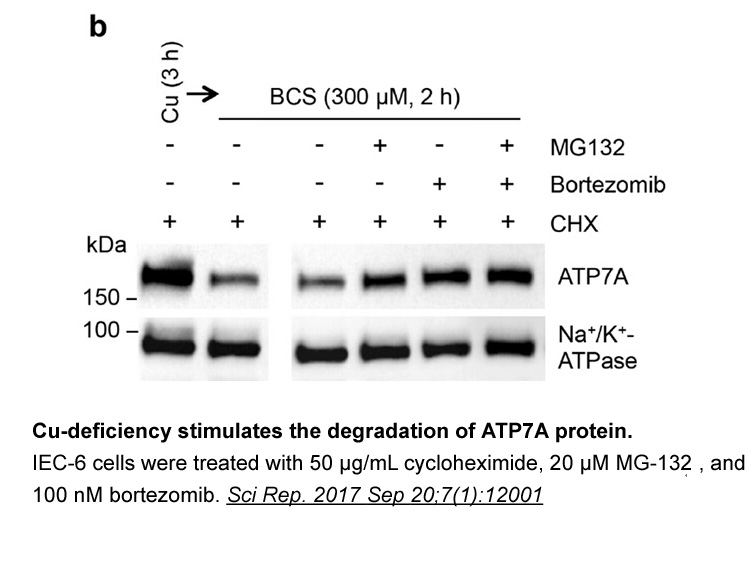
Our study has several limitations. As this study was performed at a single institution, it had a limited sample size and was not powered to detect specific differences in assay performance by organ group or waitlist status. In the two CMV seropositive subjects with potential passive antibodies, the
-
In this clinical context measures of cell mediated
2019-09-02

In this clinical context, measures of cell-mediated immune response to CMV have been evaluated. The QuantiFERON-CMV assay (QFN-CMV; Qiagen, Germany) which measures predominantly CD8+ T-cell responses to CMV by an in-tube IFN-gamma release technique is commercially available in some regions.1, 2 Cons
-
No orthologs could be found in our B oleracea
2019-09-02
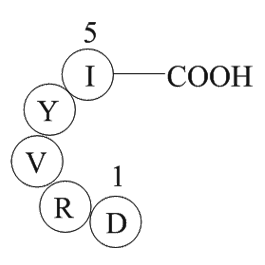
No orthologs could be found in our B. oleracea BAC library for AtCk1/2, which could mean that it is unique to Arabidopsis, or that we failed to detect it in our library. However, the second possibility is unlikely considering that Southern blotting analysis with four restriction enzymes disclosed fr
-
The CYP D inferred metabolizer
2019-08-30
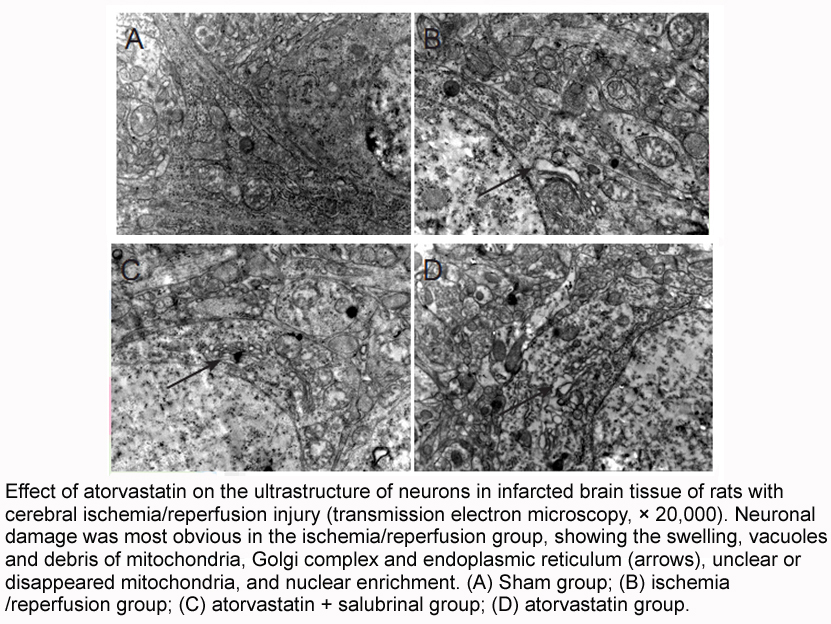
The CYP2D6-inferred metabolizer phenotype describes only one phase of the tramadol (T) ADME (absorption, distribution, metabolism, and excretion) and response process and does not explain all genotypic contribution of an individual’s phenotypic expression [11]. Numerous polymorphisms in the downstre
-
STK393606 In this context our observation that the dominant
2019-08-30
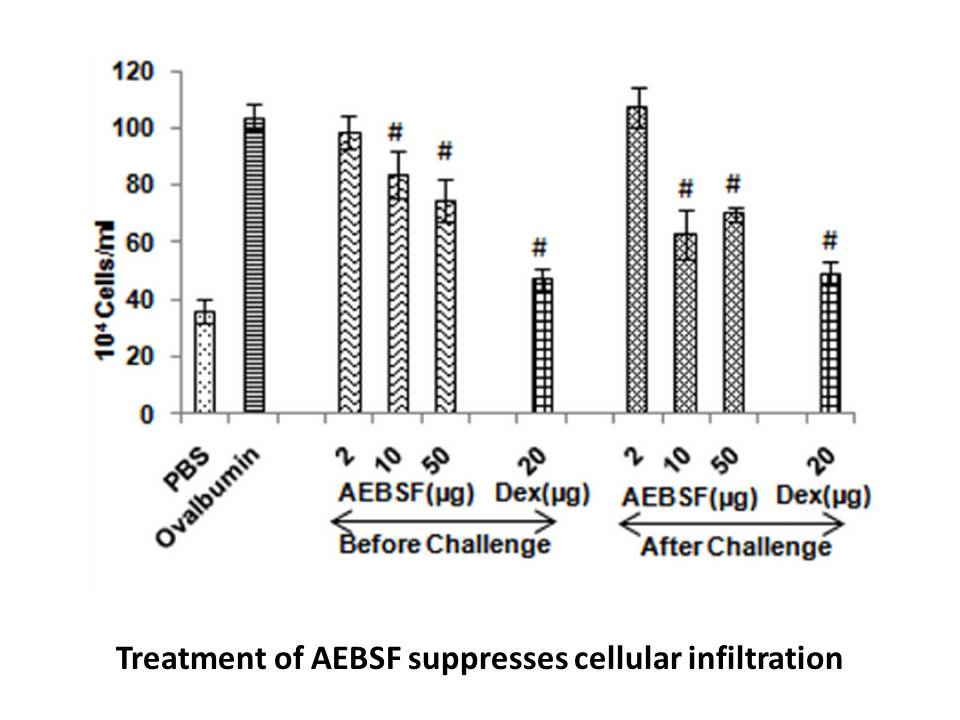
In this context, our observation that the STK393606 predictor of positive QFN-CMV responses is background CMV seropositivity was not unexpected. Older age, despite well-known effects of CMV memory inflation did not appear to independently impact QFN-CMV responses in our study. The inter-play between
-
We observed the IVM potentiation of currents
2019-08-30
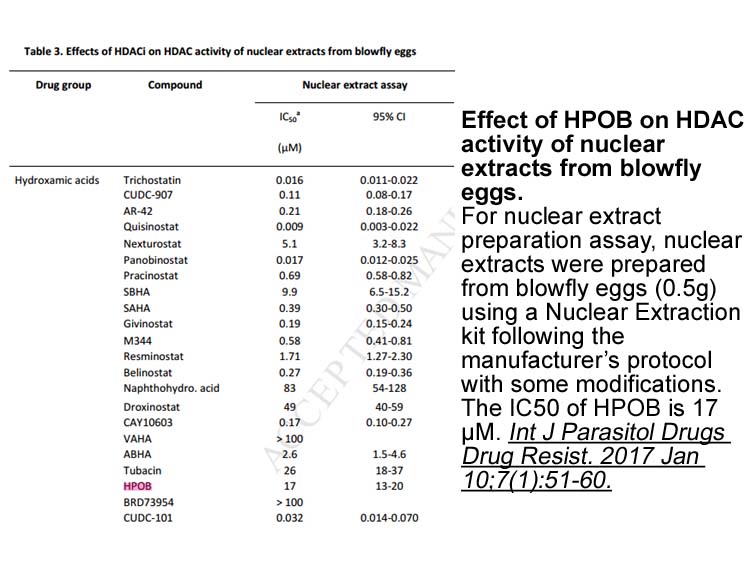
We observed the IVM potentiation of currents induced by the EC5 of Glu or GABA and the IVM inhibition of currents induced by the EC90 of Glu or GABA in wild-type GluCls and GABACls. The EC50 of IVM for the potentiation in GluCls was 3.5-fold smaller than that in GABACls (Fig. 4, Fig. 8B, Table 2), a
-
ERR is constitutively active in the absence of endogenous li
2019-08-30
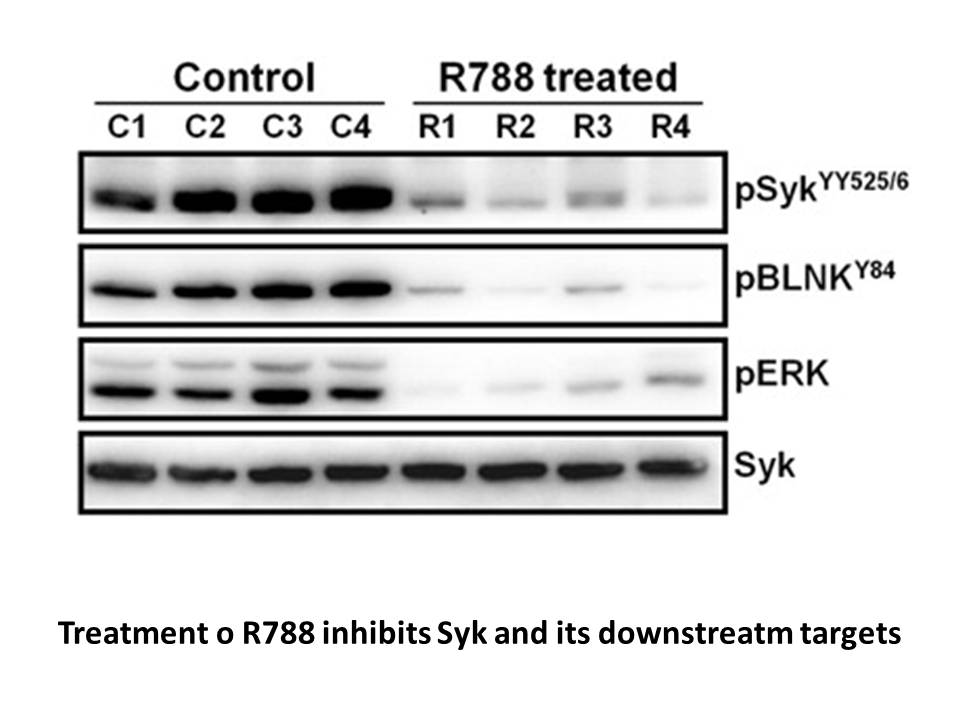
ERRγ is constitutively active in the absence of endogenous ligand. However, several synthetic ligands that can repress or induce ERRγ function by disrupting ERRγ-coactivator interactions have been reported to date. The estrogen receptor modulators diethylstilbestrol (DES) and 4-hydroxytamoxifen (4-O
-
Of all ES cases approximately are
2019-08-30
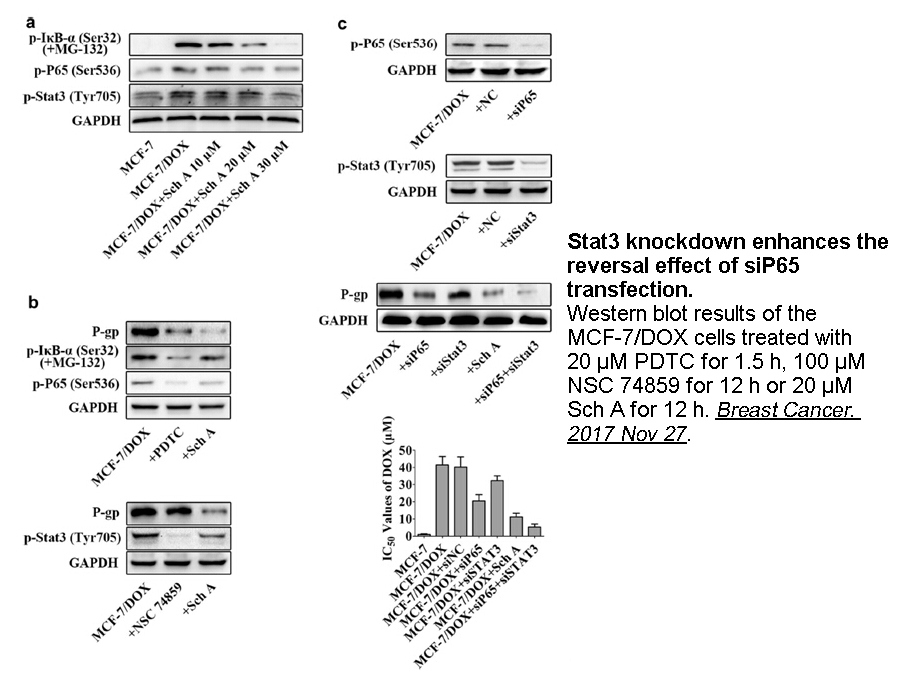
Of all ES cases, approximately 26–28% are metastatic diseases at diagnosis with the remainder being localized disease [14]. Instituting a systemic chemotherapy regimen in combination with surgery and/or radiotherapy has significantly increased the survival of patients with localized disease. The 5-y
11184 records 674/746 page Previous Next First page 上5页 671672673674675 下5页 Last page